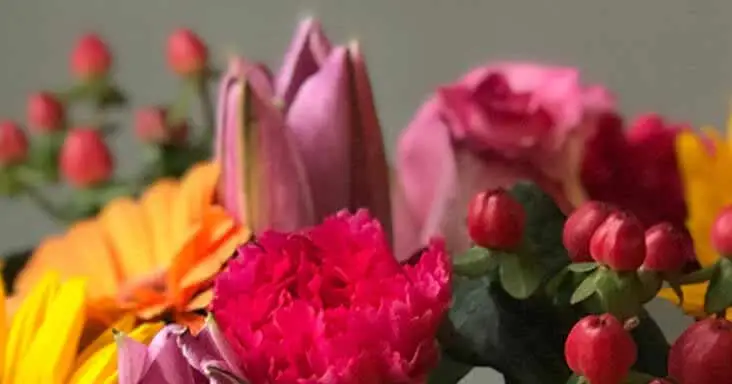Scientists have made nano-flowers just 25 micrometers across -- that's less than 0.025 millimeters. A quarter of one per cent of a millimeter!
New Scientist magazine explains the scientists' process: "They made the bouquet in the false-colour image on the left in three stages. First, they chilled a solution of sodium silicate and barium chloride to 4 °C. At this temperature, more carbon dioxide from the air dissolves in the liquid, triggering a chemical reaction that lays down bundles of barium carbonate and silica (red).
Then they moved the miniature basket to a room-temperature strontium chloride solution. As CO2 dissolved in this liquid, strontium carbonate stems (green) began to emerge. Opening and closing a lid on the beaker generated pulses of CO2 that changed the growth rate and made the stems spread into iris-like blossoms"
The result was the beautiful flower, far too small to see with the human eye, displayed below. (Image: Wim Noorduin/Harvard University)
Science!


